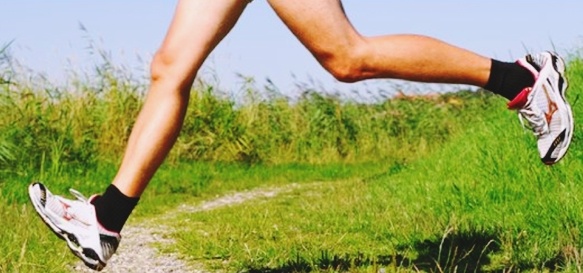According to extensive research on impact mechanics, heel striking coupled with an extended knee at landing results in a longer over-stride angle (shown above), meaning the foot lands too far in front of the hips. This produces a high brake force duration period, meaning the body decelerates for a prolonged time with the ground, which produces greater-than-normal impact on the shins, knees and lower back. The only way around these problems is to adopt the forefoot running technique because it has the opposite effect such that it prevents over-striding by improving knee flexion at landing. This softens your step and works best for enabling the arch and the Achilles to contribute more elastic energy efficiently whereas in heel strike running, these elastic structures become ineffectual springs. Read more here! 
Bretta Riches
BSc Neurobiology; MSc Biomechanics candidate, ultra minimalist runner & founder of RunForefoot. I was a heel striker, always injured. I was inspired by the great Tirunesh Dibaba to try forefoot running. Now, I'm injury free. This is why I launched Run Forefoot, to advocate the health & performance benefits of forefoot running and to raise awareness on the dangers of heel striking, because the world needs to know.
Latest posts by Bretta Riches (see all)
- Heel Strike Running Causes Slipped Discs - 25/04/2024
- How to Train Yourself to Not Heel Strike When Running - 24/04/2024
- Cushioned Running Shoes Found to Be Bad for Ankles - 23/04/2024


Leave a Reply